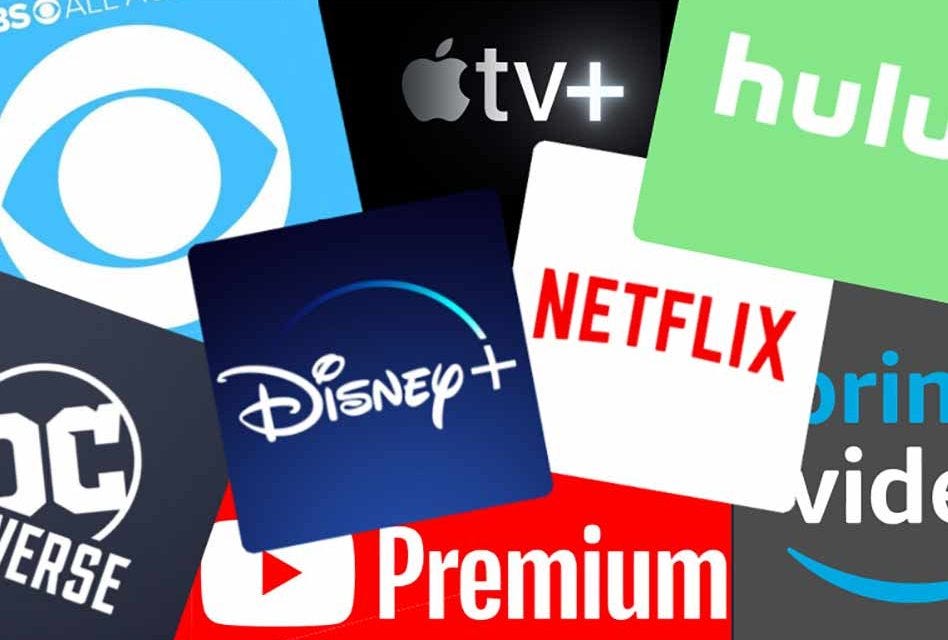
In the realm of entertainment, the landscape has undergone a profound transformation with the advent and rapid expansion of streaming platforms. These digital services have revolutionized how audiences access and consume content, reshaping traditional media formats and distribution models. This article explores the evolution of streaming platforms, their impact on entertainment consumption dynamics, and the implications for the future of the industry.
The Rise of Streaming Platforms
The rise of streaming platforms can be traced back to the early 2000s, when technological advancements and changing consumer preferences laid the groundwork for a new era of entertainment consumption. Platforms like Netflix, launched in 1997 as a DVD rental service, pivoted to streaming in 2007, marking a pivotal moment in the industry. Since then, streaming has grown exponentially, fueled by improved internet infrastructure, mobile device proliferation, and a shift towards on-demand, personalized content experiences.
Key Players in Streaming
Netflix:
Pioneered the subscription-based streaming model, offering a vast library of movies, TV shows, and original content.
Amazon Prime Video:
Integrated into Amazon’s broader ecosystem, offering original programming alongside on-demand movies and TV series.
Disney+:
Launched in 2019, focusing on Disney, Pixar, Marvel, Star Wars, and National Geographic content.
Hulu:
Known for its extensive library of current and past TV shows, alongside original programming and live TV options.
Changing Dynamics in Entertainment Consumption
1. Shift from Ownership to Access:
Streaming platforms have shifted consumer behavior from owning physical media (DVDs, Blu-rays) to accessing content via subscription services. This shift is driven by convenience, cost-effectiveness, and the ability to watch on multiple devices anywhere, anytime.
2. On-Demand and Personalized Content:
Consumers now expect personalized recommendations and curated content based on their viewing history and preferences. Streaming algorithms analyze user data to suggest new shows and movies, enhancing the viewer experience and increasing engagement.
3. Binge-Watching Culture:
The availability of entire seasons of TV series and libraries of movies encourages binge-watching—a phenomenon where viewers consume multiple episodes or films in one sitting. This has influenced storytelling formats and production schedules, with content creators designing narratives to captivate binge-watchers.
4. Original Content and Creative Freedom:
Streaming platforms have become major players in content creation, investing billions in original programming across genres. This shift has empowered storytellers, filmmakers, and actors, providing opportunities for diverse voices and narratives that may not have found a platform in traditional media.
Impact on Traditional Media Formats
1. Television:
Traditional TV networks have adapted by launching their own streaming services (e.g., HBO Max, CBS All Access) or partnering with existing platforms. The competition for viewership has intensified, prompting networks to innovate with live TV, exclusive sports content, and interactive features.
2. Cinema:
The streaming boom has disrupted the cinema industry, challenging the traditional theatrical release model. Platforms like Netflix and Amazon Studios now produce and distribute original films, sometimes bypassing theaters altogether or opting for simultaneous releases.
3. Music and Gaming:
Streaming platforms have expanded beyond video content to include music (e.g., Spotify, Apple Music) and gaming (e.g., Twitch, YouTube Gaming). These platforms offer interactive and immersive experiences, further blurring the lines between different forms of entertainment.
Future Trends and Innovations
1. Global Expansion and Localization:
Streaming platforms are expanding globally, adapting content for diverse cultural and linguistic audiences. Localization efforts include dubbing, subtitling, and producing region-specific original content to cater to international markets.
2. Technology and Viewing Experience:
Advancements in technology, such as 4K streaming, virtual reality (VR), and augmented reality (AR), promise to enhance the viewing experience and create new opportunities for immersive storytelling.
3. Regulatory and Ethical Considerations:
As streaming platforms wield significant influence over cultural narratives and societal discourse, regulatory frameworks are evolving to address issues such as content moderation, data privacy, and intellectual property rights.
Conclusion: Shaping the Future of Entertainment
The evolution of streaming platforms represents a paradigm shift in entertainment consumption, empowering audiences with unprecedented access to diverse content anytime, anywhere. As these platforms continue to innovate and expand, they reshape industry dynamics, challenge traditional media models, and redefine how stories are told and shared globally.
As consumers embrace streaming as the preferred mode of entertainment consumption, the future holds promise for continued growth, creativity, and engagement across a spectrum of digital platforms. By adapting to evolving consumer preferences and leveraging technological advancements, streaming services are poised to lead the next chapter in the evolution of entertainment, driving forward a dynamic and inclusive global media landscape.
Through ongoing innovation, collaboration, and responsiveness to audience needs, streaming platforms will continue to play a pivotal role in shaping the future of entertainment, connecting audiences with compelling stories and experiences that resonate in an increasingly interconnected world.


